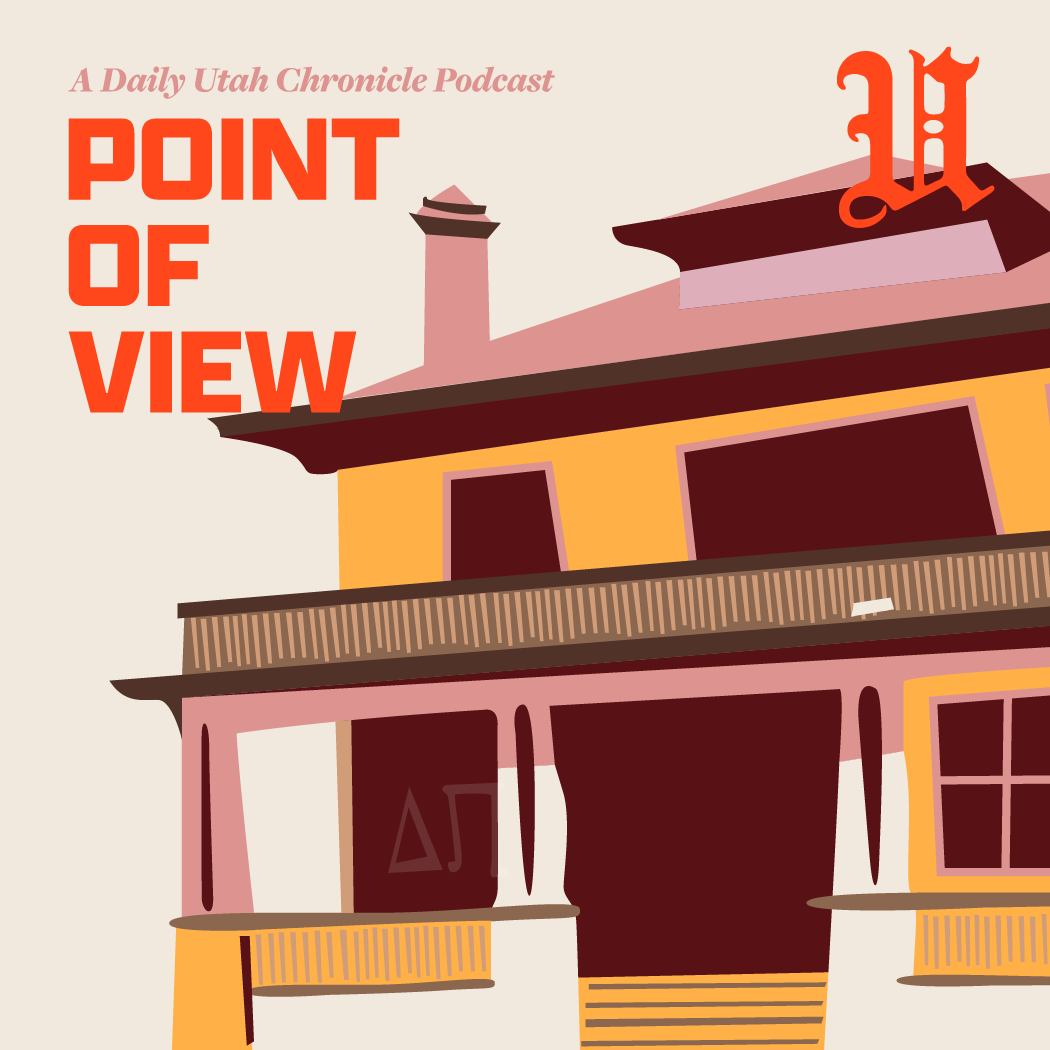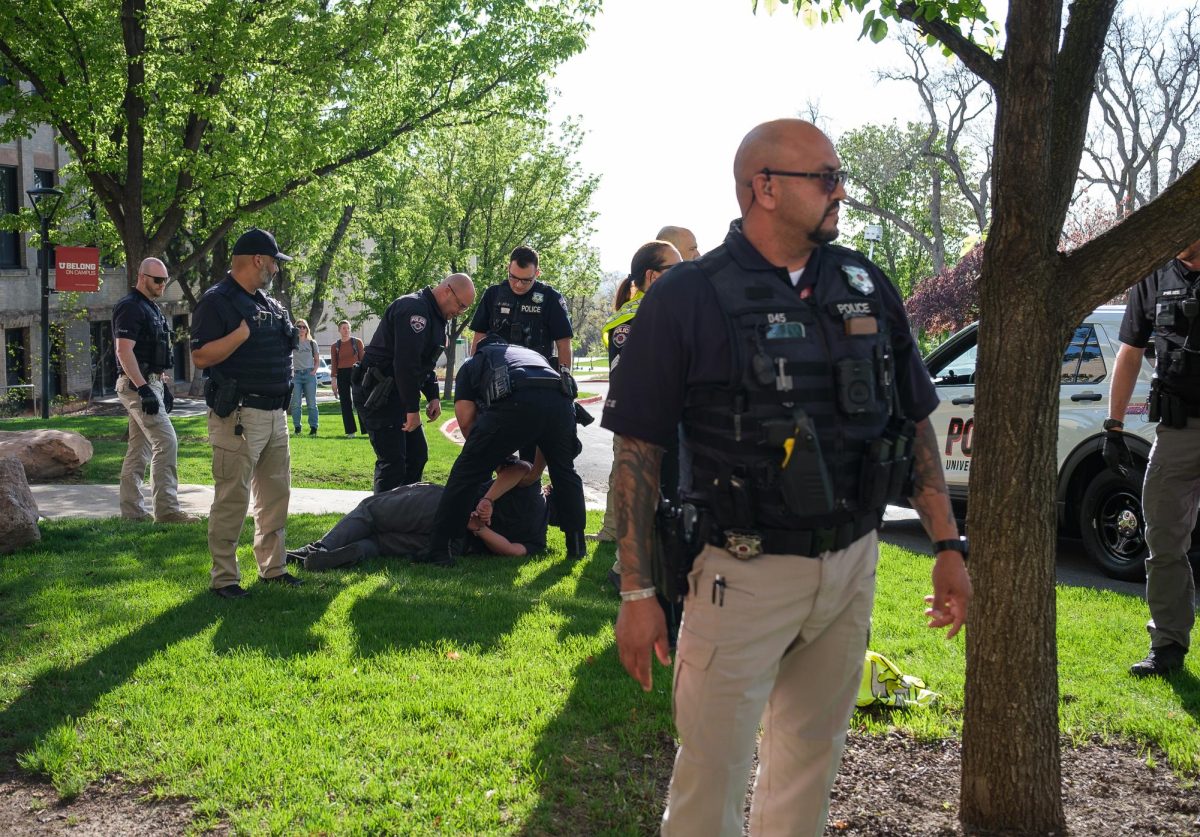When patients develop Type 2 diabetes, they sometimes lose feeling in their legs and feet as the disease progresses, and many doctors are unable to reverse the side effects.
With the help of more than $2 million in grants, U researchers will be able to test a new technique to help them study early signs of neuropathy in pre-diabetic patients and help patients avoid complications like foot amputation.
“Neuropathy causes damage to the longest nerves in the body and spreads up a person’s legs to their hands,” said Gordon Smith, a professor of neurology and pathology and a doctor at the U Hospital. “Ten percent of people over age 40 have it8212;the majority from diabetes.”
Although doctors can tell when a diabetic patient has neuropathy, they have difficulty diagnosing it early or recognizing whether a patient is likely to develop the nerve-killing disease.
Once a patient develops neuropathy, it is difficult to reverse. Many people with Type 2 diabetes live in fear of stepping on sharp objects they won’t feel and picking up an infection.
Smith and J. Robinson Singleton, a neurology professor and doctor, are testing a new technique8212;a skin biopsy that allows researchers to track the growth of nerve cells in a patient with diabetic symptoms.
In the lab, Smith said they can use a pain treatment that kills the tips of nerve cells so they can watch them regrow. A diabetic’s nerve cells grow slower than those of a person who doesn’t have diabetes.
With the skin biopsy technique, Smith said they hope to diagnose neuropathy at an earlier stage or even tell whether a patient is likely to develop neuropathy and steer them toward a preventative treatment.
Smith said they received two grants, one for $1.8 million from the National Institutes of Health to test the skin biopsy technique, and the other for almost $600,000 to study the effectiveness of diet and exercise on preventing diabetes and neuropathy.
Smith and Singleton conducted a study two years ago that investigated whether aggressive diet and exercise in pre-diabetes patients helped reduce blood glucose levels and increase the growth of nerve cells.
They plan to further test how effective diet and exercise are for about 60 patients. Smith said they will give a control group regular medical treatments that are now being offered to diabetics and recommendations for healthy eating and exercise, and will require multiple exercise classes every week for the test group.
“The goal (is) to determine if it reduces the risk of developing neuropathy versus those in the placebo, (or) standard care,” Smith said.
Erin Bragg, a technician in Smith and Singleton’s lab, said she and others are in the process of counting individual nerve fibers in the knee to see how many nerve cells are growing every week.
She said besides counting nerve fibers, lab technicians will look at samples of DNA and skin biopsy results, and then compare the results with the growth in nerve cells to look for a pattern.
“Each person has three (skin) biopsies every time they visit,” Bragg said.
Ashley Burch, one of the study coordinators in the lab, said they use other clues to deduce whether someone has neuropathy.
“We measure a person’s ability to sweat,” Burch said. “A person with neuropathy will sweat less (than the average person) in certain places.”
Burch said their ultimate goal is to discover if someone has neuropathy and prevent it from developing before the patient notices a difference.
Smith said the grants will help pay for the two studies for the next four to five years.















